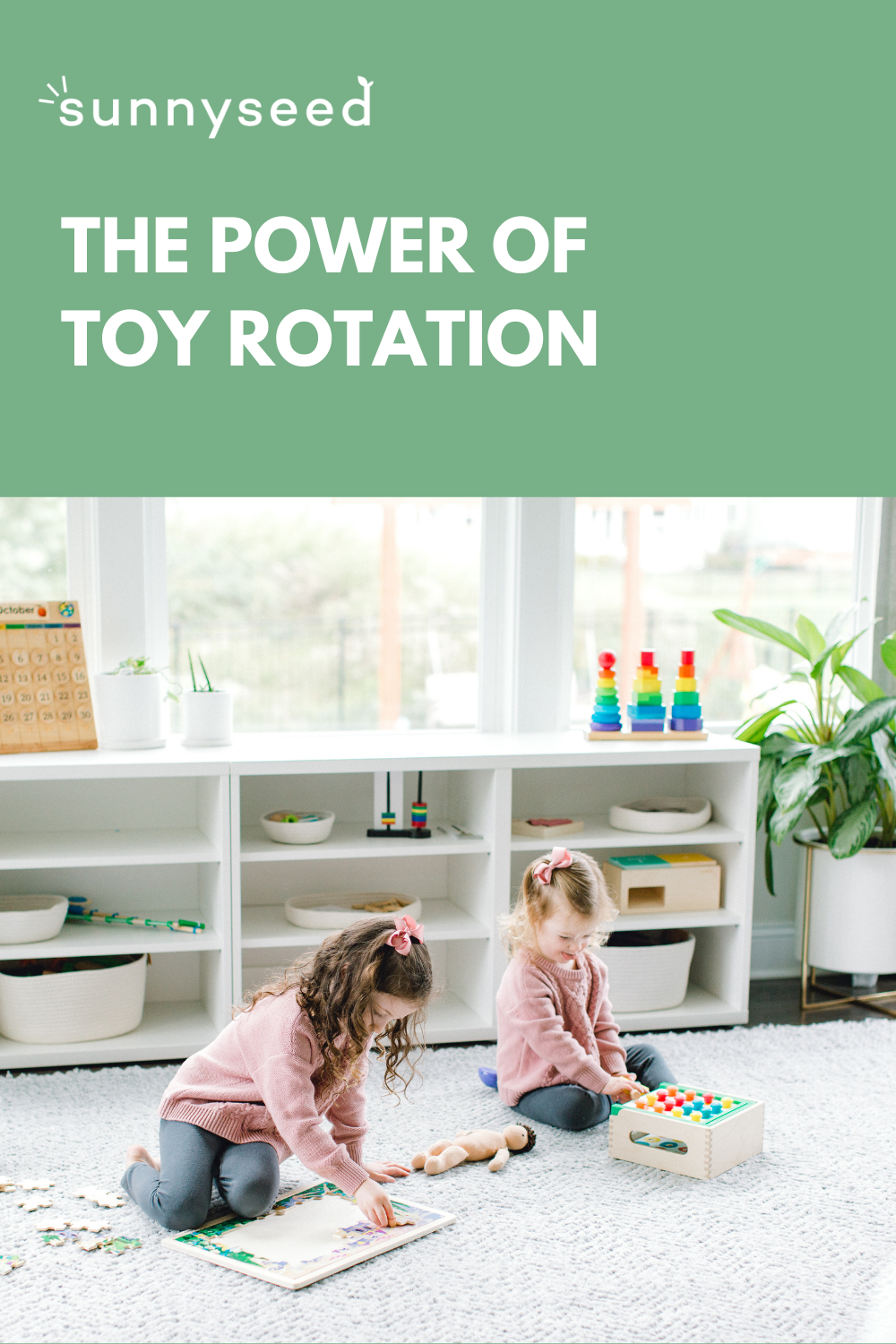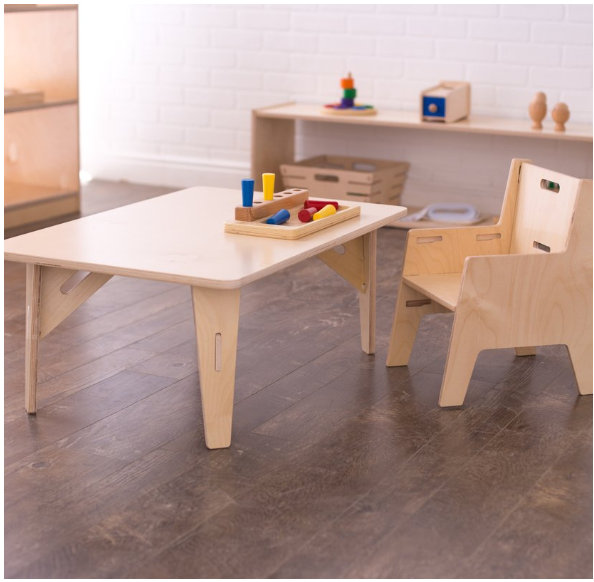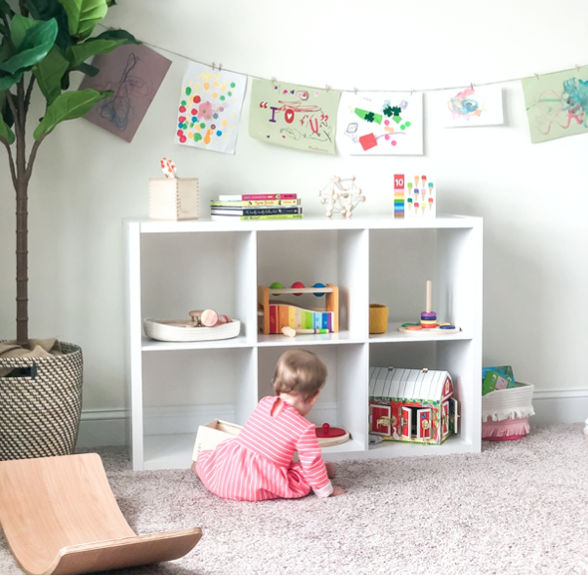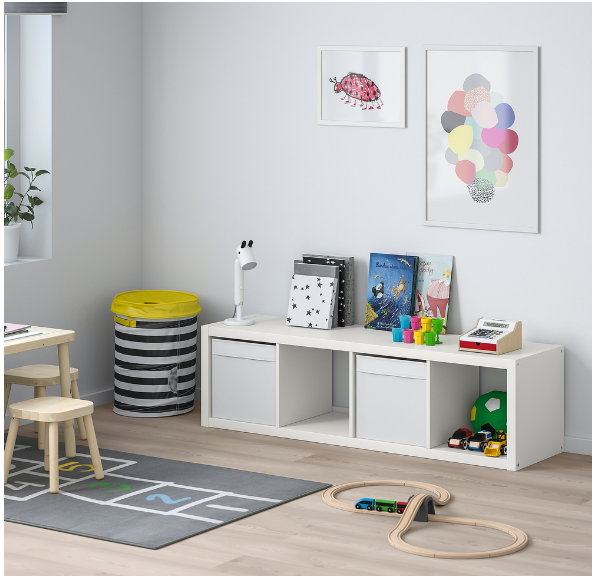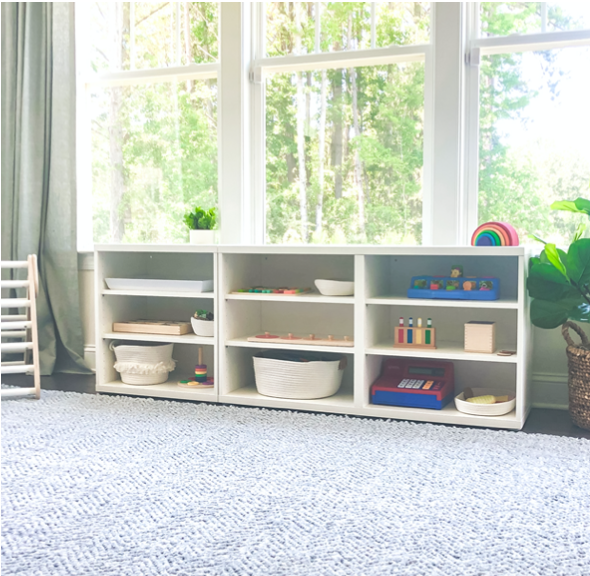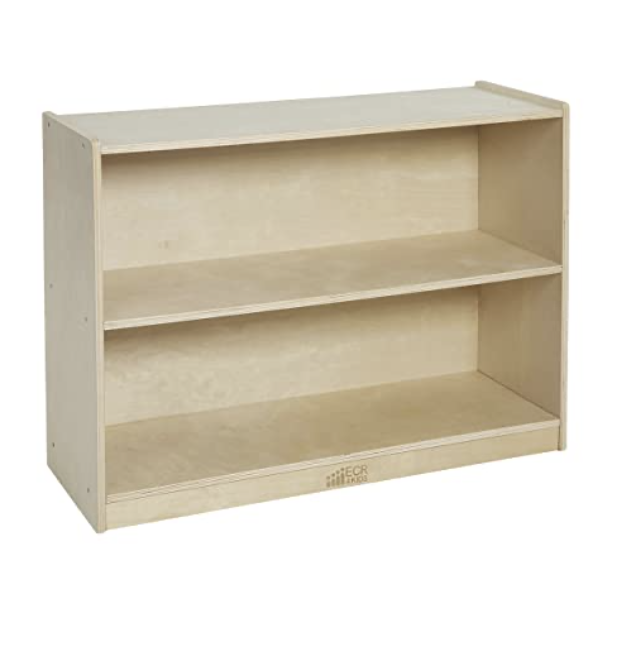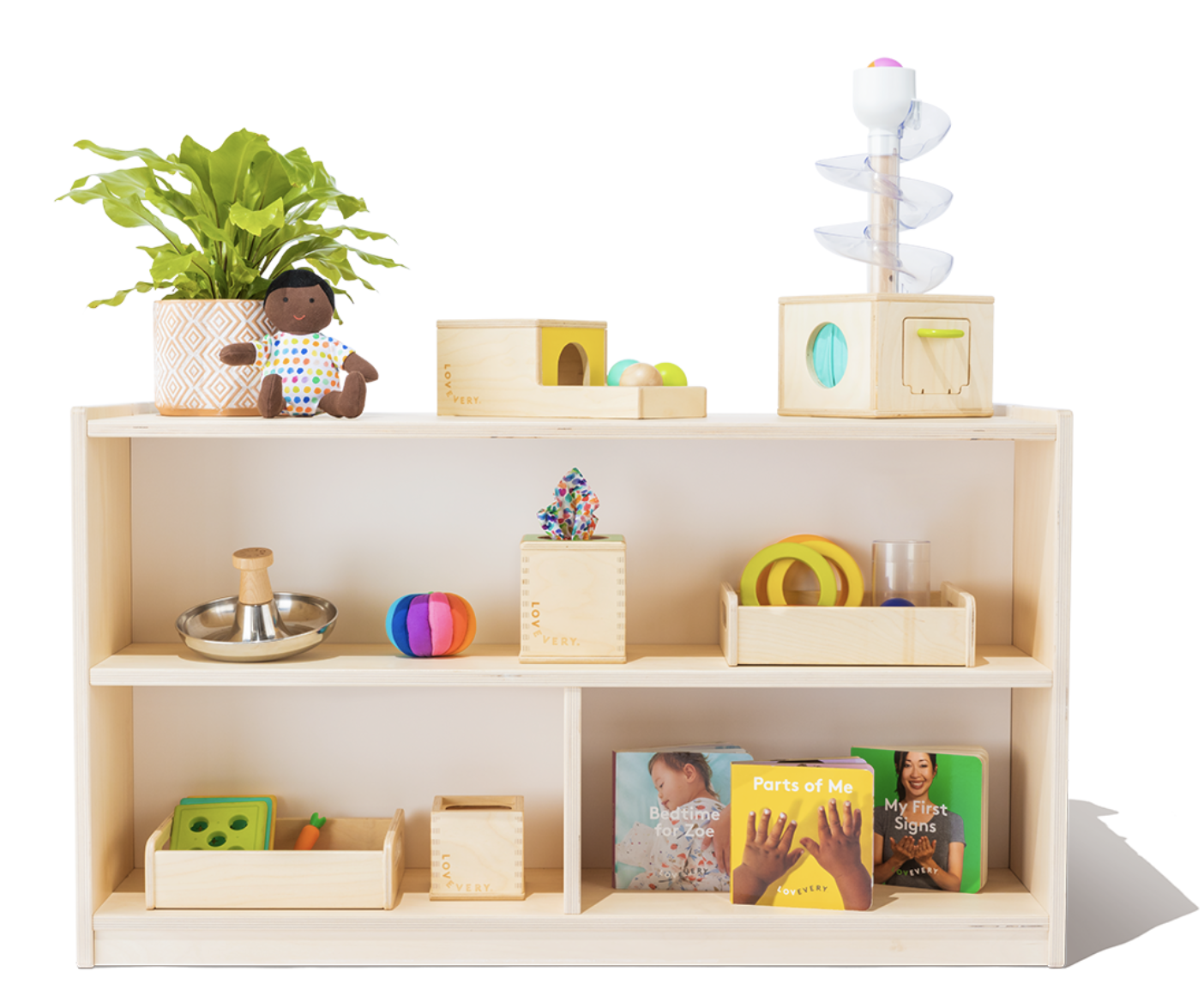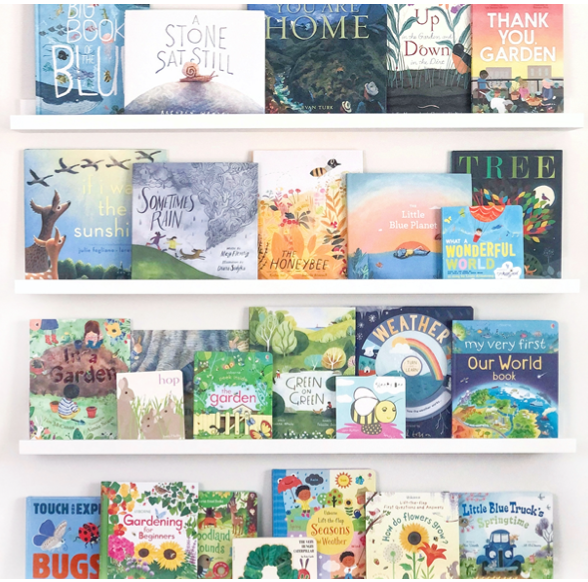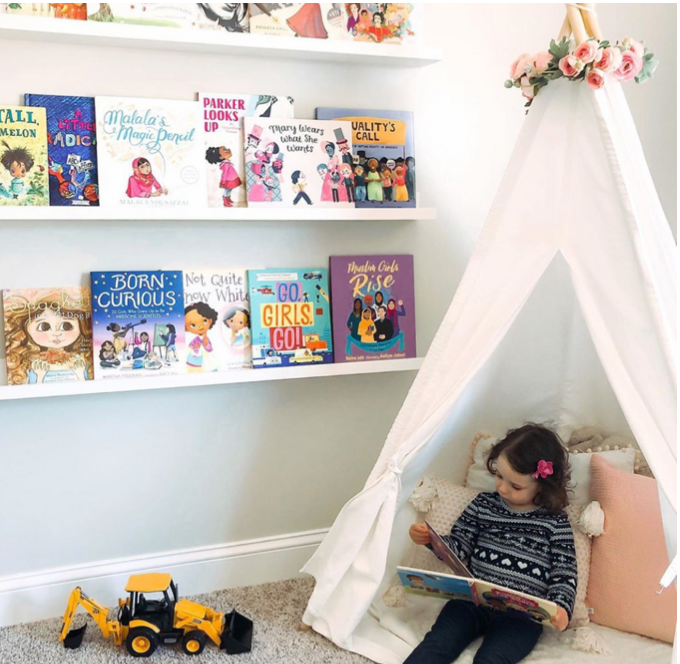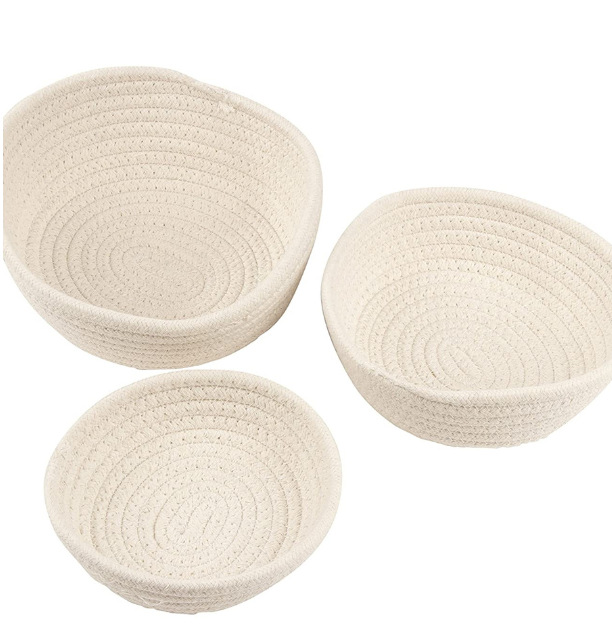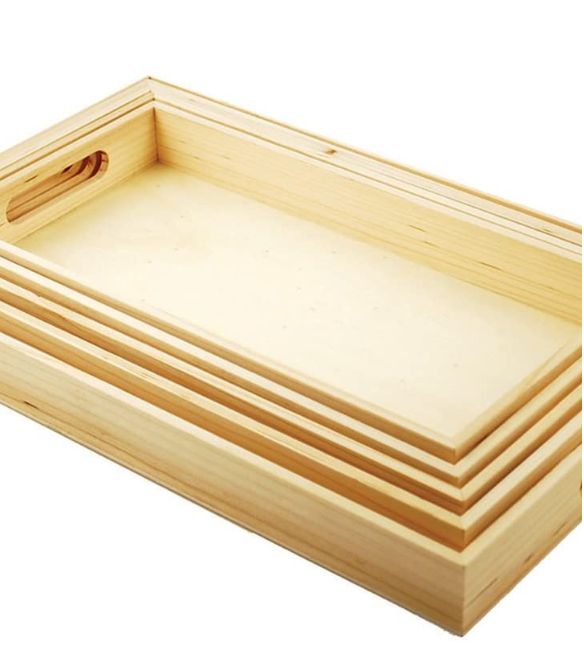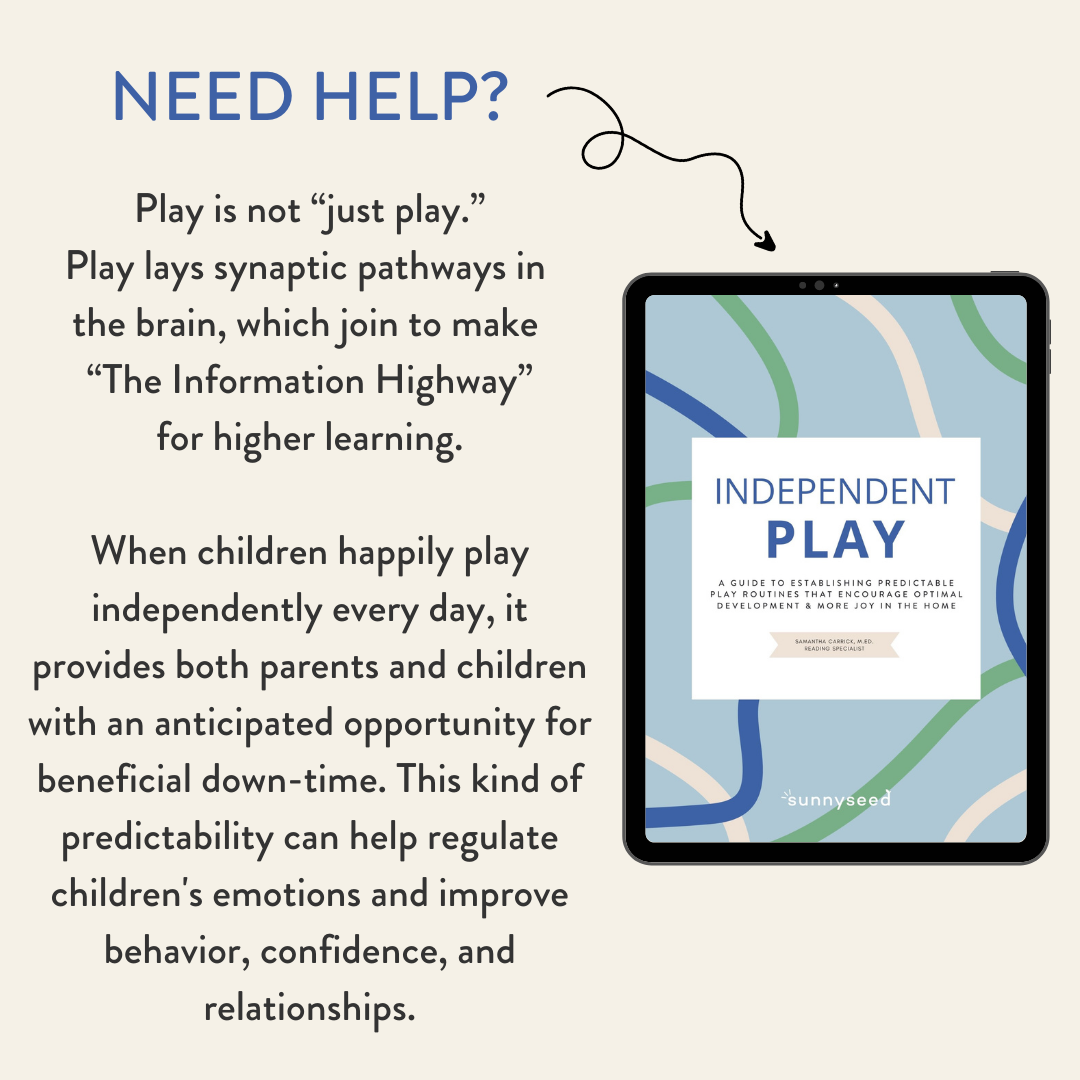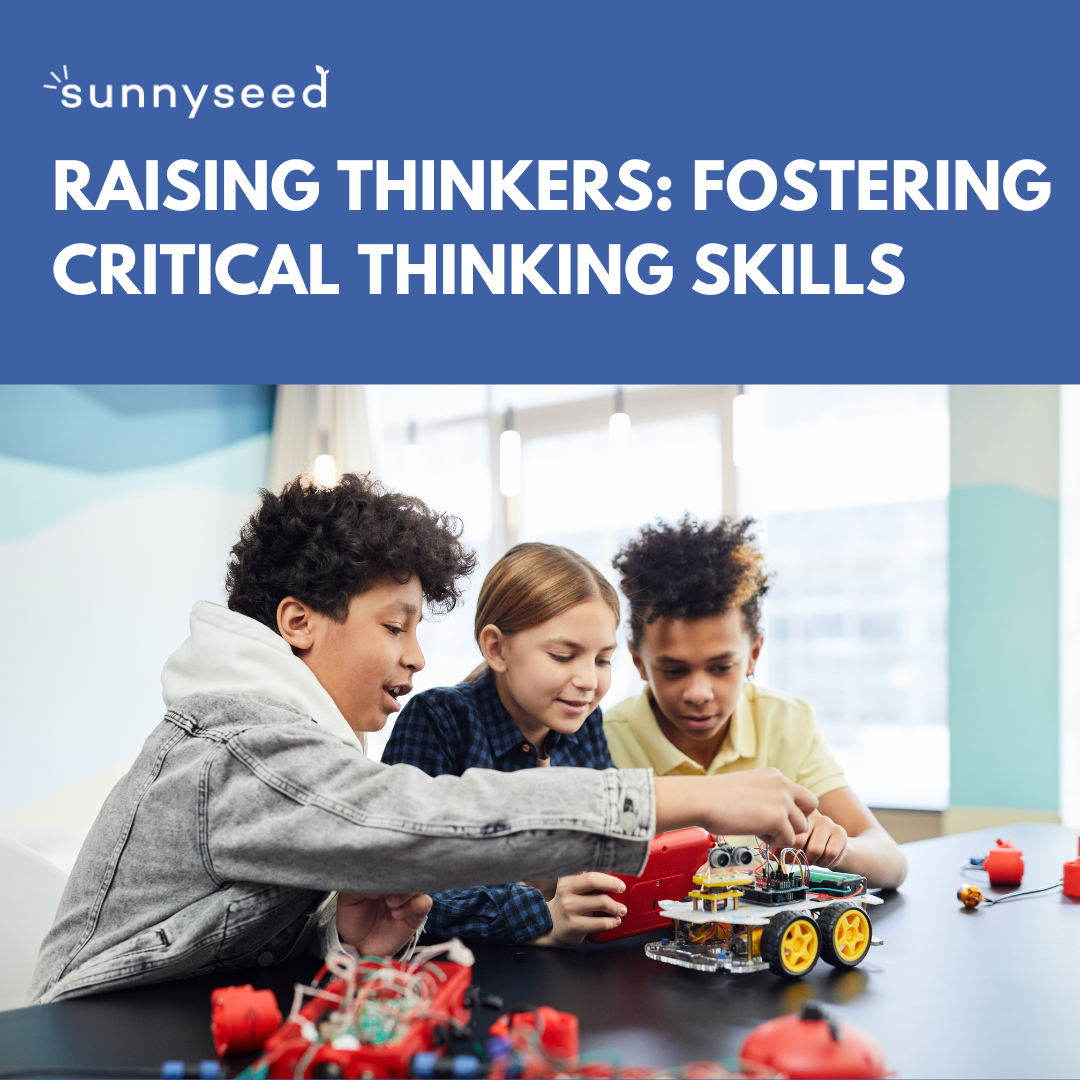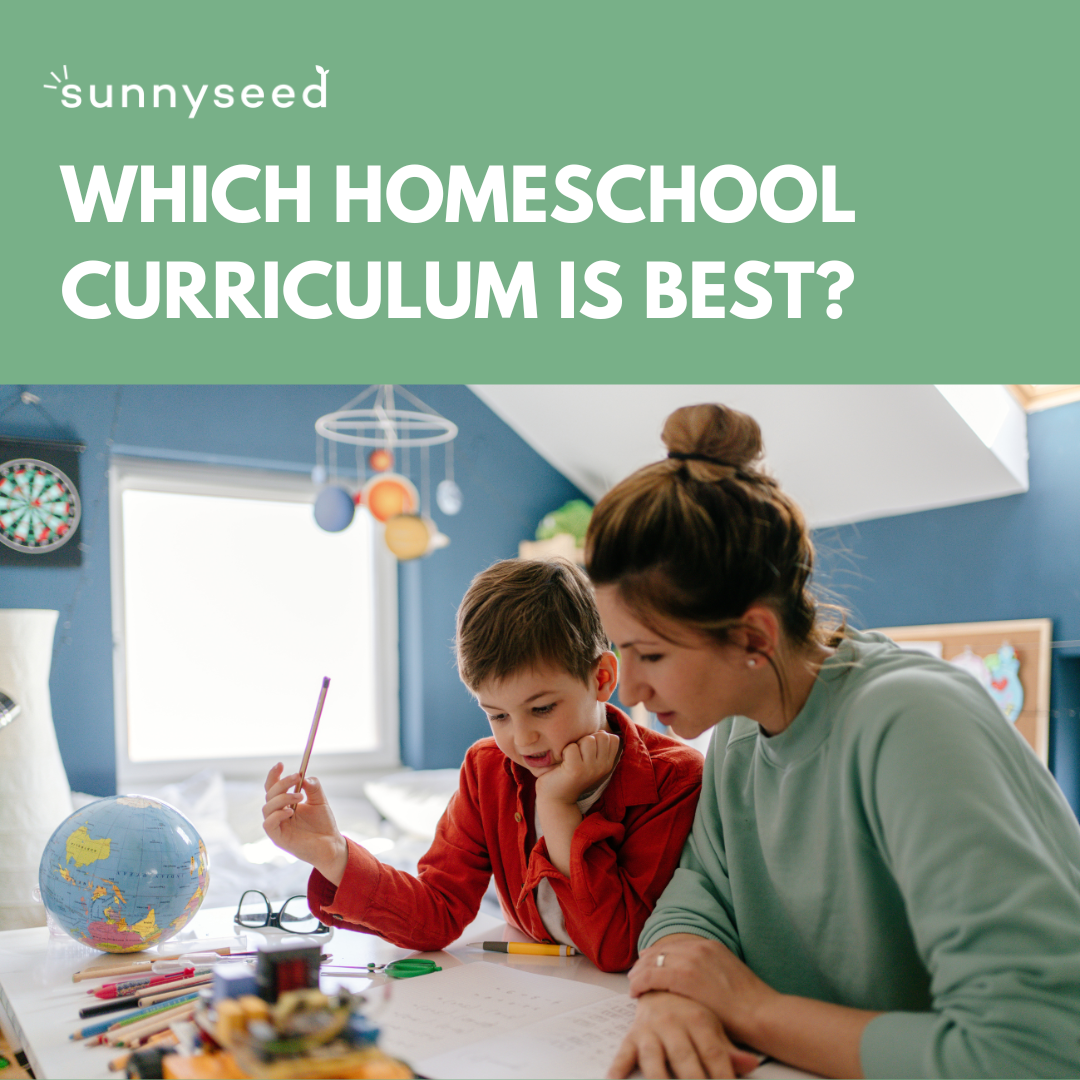The Power of Toy Rotation
Children need time to become themselves through slow, purposeful play. If we overwhelm kids with too much stuff, too many choices, and too much on the schedule, we rob them of creativity, imagination, and finding their true-self. The fragmentation and overload can quickly lead to big feelings and tricky behaviors: whining, entitlement, tantrums, difficulty sharing, and sibling rivalry.
We must protect their childhood and create a space where they can flourish.
If you have a play environment that yields high-quality, child-led play, then you probably don’t need this post. But if you’re feeling overwhelmed by all the “stuff,” tired of your kids never leaving your side so you can unload the darn dishwasher in peace, or concerned about their creativity and confidence playing, Toy Rotation can be the game changer your family needs. It was for me and has completely improved the way my children play!
TOY ROTATION
Encourages more independent play
Increases attention and focus
Simplifies – less clutter, less decisions, less to clean up
Toys feel new and exciting
Encourages more intentional purchases
The goal is to rotate toys every 1-2 weeks or as you notice your child losing interest. The 5 minutes it takes me to rotate toys out, yields so much more independent play for my kids. It’s always worth it!
My kids absolutely love playing with baby dolls, magnetic tiles, their art cart, and their pretend kitchen so those items always stay out. We have two large baskets in the playroom to keep all the baby dolls and magnetic tiles organized.
SIMPLIFY
As you decrease the quantity of your child’s toys and clutter, you increase their attention and capacity for deep play.
Simple displays or clearly organized bins help reduce decision fatigue and encourage more play.
Toys that are not in use on a shelf or in organized baskets are kept out of sight in a large plastic storage container, in the closet or in the garage.
“A smaller, more manageable quantity of toys invites deeper play and engagement. An avalanche of toys invites emotional disconnect and a sense of overwhelm.”
TOYS MATTER
Children learn best when they play with toys that are geared towards their developmental level. If the toy is too difficult, they will ask for help or become frustrated.
Open-ended toys encourage more creativity, innovation, and imagination, thus engaging children longer in child-directed play. Open- eneded toys have endless possibilities and can grow with children for many ages.
Here are some favorites that have a lot of longevity and are ideal for siblings that share a play space.
Building – trains, Legos, blocks, Magnatiles, Lincoln Logs
Pretend – kitchen, baby dolls, dress up clothes, tent, figurines, dollhouse
Gross motor – tunnel, stepping stones, baby doll stroller
Sensory – musical instruments, play dough, fabric, or a sensory bin (if this is very established in your family)
Creative arts – crayons, water color, reusable sticker books, gluing
Closed-toys are toys that teach a specific skill and are limited in the ways they can be played, such as games, puzzles, lacing cards, or Montessori inspired.
I try to keep a mix of both open-ended and closed toys, about 70% open, 30% closed.
It is recommended to avoid battery-operated light up toys that entertain a child and do the “work” for them. These toys set the stimulation bar very high for a child, limit creativity, and provide a burst of adrenaline that increases cortisol levels.
Less toys = more creative play
WHERE TO BEGIN
Observe your child. What interests them? What toys do they gravitate to? What skills come easily? Which tasks do they tend to avoid or frustrate them?
Observe the environment and make adjustments where necessary. Get down on your child’s level and look around. Does it feel open and welcoming? Is it a safe play space, or are there things that make you feel nervous/on edge? I suggest including open shelves, a small play table, soft baskets or trays, and the child’s artwork proudly displayed (linked below)!
Gather all of the toys around the house and organize them into piles (balls, blocks, pretend vehicles, puzzles...) so you can take inventory.
We used a six cube shelf (for one kiddo) and now a 9 space shelf (for two kiddos). It has been helpful for me to consider the following categories when pulling toys to make sure I leave a variety in the playroom, however I’m not a crazy stickler about it. I try to follow my kids interests most of all!
Pretend play
Fine motor skills
Sensory
Building toy
Concept (alphabet, counting, colors) or a theme (vehicles, movement, winter)
High interest toy
This might seem like a lot of work at first, but it actually makes it really easy to rotate because I can swap out one “category” at a time or all at once. I may notice my child(ren) hasn’t touched the blocks in a couple of days so I swap it out for Magnetic Tiles (another building activity) and leave the other toys on her shelf as is.
FAQ
Where can we get links to your playroom?
In this post!
How do you organize and store toys by age for multiple kiddos?
My kids are 27 months apart. I have one large storage bin for toys 0-2 years old and another bin for toys 2-4 + years old. As they have become older, they enjoy playing with mostly the same open-ended toys. I keep a couple of toys that we use/rotate frequently in separate (16 quart) clear containers in the closet: play dough, train-sets. I also keep activities with choking hazards in separate plastic shoebox (6 qt) containers high in a closet and only take them down for my oldest to play with when the other child is napping or I am directly supervising.
Sometimes they play with each other’s toys and I’m perfectly fine with it! There is a lot they can learn and enjoy by exploring a variety of toys.
do you Include your kids in the rotation process?
When they were younger I would rotate toys while they were sleeping. Now that they are both older (2 & 4) and both very familiar with the process, I sometimes pull the bins out and have them help me pick out toys they wanted on the shelves. This always inspires A LOT of play so I have to make sure I do this during a time when they can play for a while. They get excited over seeing “old” toys they forgot about.

